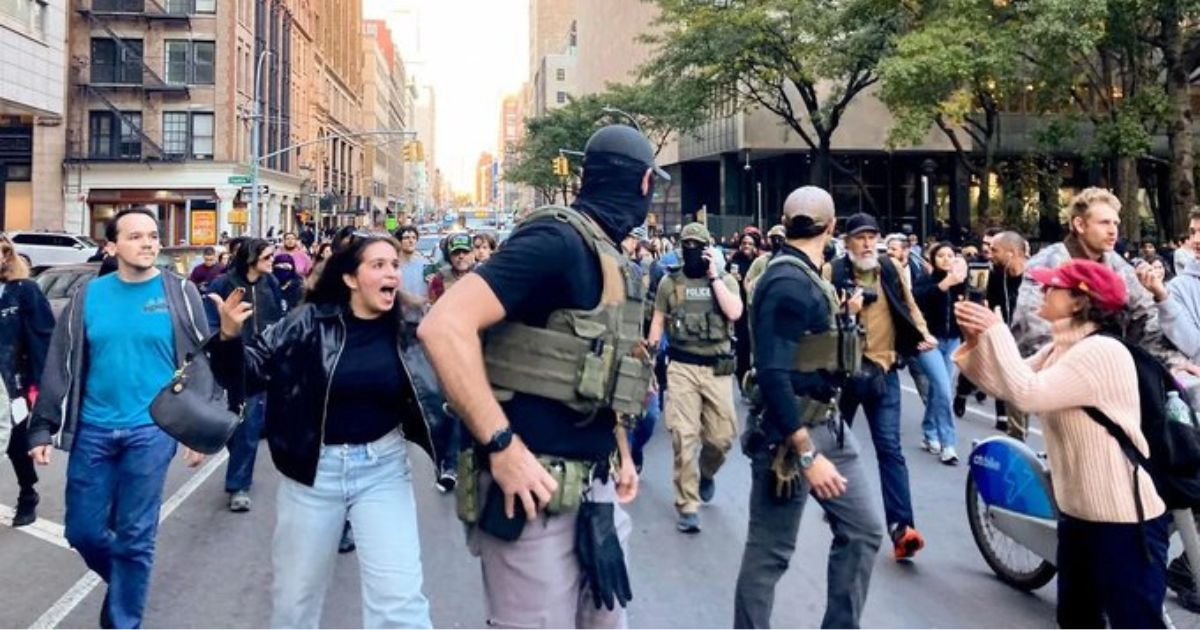The federal buying spree is impossible to miss, and the questions it raises are even harder to ignore. Since January 20, 2025, ICE has spent roughly $71.5 million on small arms, ordnance, and related gear, a spike of about 700 percent compared with the same stretch in 2024, according to an analysis of federal procurement logs by Popular Information. The haul includes armor, rifles, ammunition, and entries labeled as chemical agents, along with line items tagged to “guided missile warheads and explosive components,” language that sent critics into full alarm.
The nine-month tally dwarfs comparable through-October outlays during the Biden years or Trump’s first term, which averaged about $8.4 million, Popular Information reported. On September 29 alone, ICE recorded more than $9 million in purchases from rifle maker Geissele Automatics, underscoring how fast the agency has been stocking up during the current crackdown.
That “warheads” label turned a spending surge into a political firestorm. A Wisconsin state lawmaker publicly warned that Trump could be priming ICE for a domestic strike, the kind of talk that travels fast when trust in federal law enforcement is already frayed. Advocacy groups amplified the concern, pointing to a broader pattern of aggressive tactics and fresh reports of agents using chemical munitions in crowd scenarios.
Homeland Security insists the panic is misplaced. “Allegations ICE is buying guided missile components are FALSE,” DHS Assistant Secretary Tricia McLaughlin said, arguing the agency is purchasing firearms and nonlethal resources for officers, not battlefield missiles. Independent procurement sleuthing points to at least one federal payment that likely carried the wrong product service code, a clerical issue that occasionally pops up in government databases. Wired reviewed a September entry and found it was probably miscoded, with the vendor saying it does not sell warheads and the description more consistent with distraction devices used in training.
Even if “warheads” was a database faceplant, the bigger picture remains: ICE’s weapons and tactical spending has exploded, and the government has not offered a detailed public accounting of why this specific scale-up is necessary now. Popular Information’s review notes that the figures likely undercount the full footprint, since other agencies also support immigration operations, meaning the total armament across DHS could be larger than what ICE’s ledger alone suggests.
Meanwhile, the dollar amounts keep echoing across the news cycle. Multiple outlets have echoed the 700 percent figure and the $71 million total, feeding a narrative that Trump’s second term is converting a domestic enforcement agency into a militarized force. That storyline is boosted by the single-day Geissele purchase and separate orders with tactical suppliers for magazines and accessories, all of which paint a picture of speed, urgency, and volume.
So which is it? stockpiling for a dark mission, or a bureaucratic mess dressed up as a scandal? The answer may be somewhere in between. Misclassification can explain an alarming code, but it cannot explain a 700 percent jump in weapons spending without a clear strategic case. If ICE is expanding training, replacing aging gear, or preparing for new mission sets, DHS can say so with specificity, and release itemized summaries that separate lethal equipment from crowd control munitions. Until then, the procurement database is doing the talking, and the numbers, even without the warhead drama, are loud enough on their own.









